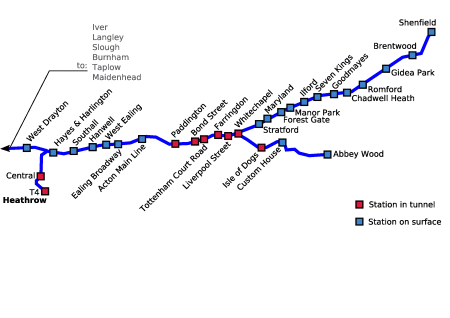471: Changing Colder Climate and Environment - Impact on North-West Europe for Property Investors
05-17-2013

PropertyInvesting.net team
Changing Planet: Beyond any doubt man has altered the landscape of the world drastically in the last hundred years and it certainly looks like its having a significant impact on the environment and some say the climate is warming. Just a few factual examples:
40 years ago, the Amazon rainforest was twice the size
40 years ago the central African rainforest the Congo basin - was twice the size
40 years ago Madagascar was 95% forested it is now a desert with only 10% forest
Fish stocks and ocean diversity have collapsed beam trawlers have ripped up the sea-bed
Massive cities have been built in deserts fuelled by oil
Coastal areas have been urbanised
The amount of ice mass at the North Pole has reduced to a third of its 1950 levels
Global Dimming: During the rise of the Soviet Union between 1945 and 1986, huge quantities of dirty brown coal "particulate pollution" were emitted casting a big blanket of smog over Siberia helping keep the planet cool. After the collapse of the Soviet Union, heavy industry was closed and the skies became clearer over Siberia likely leading to a warming period post 1986.
Meanwhile northern countries have planted pine forest in areas that once had only ice or snow offsetting ice - thereby causing more heat absorption - and further increasing temperatures. Rainforests in the tropics have been cut down increasing temperatures. Cities, energy emissions, transportation and heating have increased temperatures.
Water Vapour: There has been a man-made effect on climate change with the reduction of atmospheric water vapour by the denudation of rainforests - trees give off vast quantities of water vapour and cool the environment. As these areas revert to arable, grass pasture, scrub or deserts, less water vapour is given off - and hence the global temperatures tend to warm. Airline trails help reduce temperatures - a good example of this was that average temperatures in the USA rose 0.5 degrees C in the days after 9/11 when all airlines were grounded. The airline water vapour trails mix with natural phenomena like volcanic activity, sun spot and solar activity, El Nino and glacial cycles. It's a complex interaction. The levels of CO2 are an outcome of a warming planet, not a cause. One day, people will see that people proclaiming that CO2 levels "cause" global warming is actually a hoax. The CO2 increase is an outcome of a period of warming - and CO2 has almost no impact on the global temperatures.
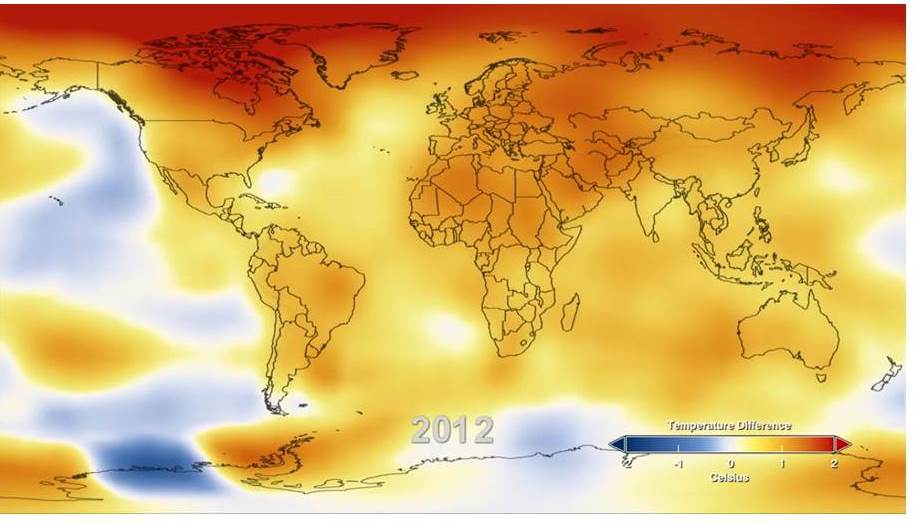
What Are The Key Causes of the Changes in Climate: Solar-magnetic and lunar activity and these cycles are the key drivers for changes in the climate. Changes in the climate have absolutely nothing to do with CO2. Other contributors are volcanic activity and changes in the quantity if atmospheric water vapour. The winds, currents, jet stream and cycles-wavelengths have the most profound daily and seasonal impact on the weather. The last five years in the UK has seen the jet stream shift about 1000 miles further south, sucking down artic cold air in the winter and summers - this is likely in our view to continue. We can expect a prolonged series of cold winters and summers.
Extreme Weather: What now appears to be happening is the weather is becoming more extreme. The industrial rise of China has created a new blanket of smog over the eastern area of China that is helping cool temperatures in this part of the planet. More airline trails help decreased temperatures. Overall there are many factors pointing to an increase in temperature. For instance, the shift from dirty coal to clean gas is likely to increase temperatures in the short term because of the reduced particulate pollution or reduced global dimming effects. Lack of volcanic activity - volcanic dust and CO2 - will also increase t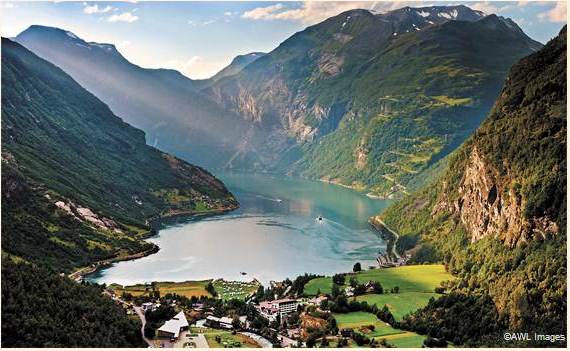 emperatures.
emperatures.
For sure, some areas will get a lot warmer, others might be lucky and stay the same, some might get a little cooler, but the differences in temperatures are likely to be greater partly caused by man-made events and changes to the planet's environment. These differences in temperatures will create more wind, more violent storms, more severe floods and droughts according to the consensus. Facts seem to support this hypothesis.
North Pole Disappearing: We can expect to see the North Polar ice cap all but disappear in the summer months by 2035 its areal size will be about 10% of its 1950 summer size. This will cause a shift in the weather patterns and could alter the North Atlantic Drift the warm currents that head from Florida to the UK. It could also affect the warm south-westerly winds that blow in the same direction in the winter that keep the UK comparatively warm in the winter. If the North Atlantic Drift completely stalled or shifted direction northwards average winter temperatures could drop by 10-15 deg C. If someone had predicted there would be practically no ice cap in the North Pole even 15 years ago, you would have thought they were crazy. But it really does look highly likely ships will have free passage across the whole of the North Polar area in summers in about 25 years time and oil rigs will be drilling offshore north of the Arctic Circle. If there is one region that has warmed more than any - it is the Arctic.
about 25 years time and oil rigs will be drilling offshore north of the Arctic Circle. If there is one region that has warmed more than any - it is the Arctic.
UK Weather: So whats happening to the UK weather now? Beyond any doubt, the last five years have seen some of the worst summers on record. Miserable rainy and overcast this is serious for farmers who have seen crop yields plummet through lack of sun. Fruit farmers have been destroyed. But even more disturbing has been the severity and length of the winters in the last few years. It used to be very uncommon for snow in England. But Spring is 6 to 8 weeks late this year, we are only four weeks from the summer equinox or the highest sun and longest day of of the year, but its bitterly cold still woolly hat weather. In Omaha in Nebraska on the same day, that's May 15 2013, the city saw record low temperatures of 32 deg F and two days later record high temperatures of 101 deg F. That's truly amazing.
Spain By Comparison: Meanwhile in SE Spain a few weeks ago, it was 37 deg C. The cool belts are dropping further south with cold northerly winds and the warm belts are getting more intense the bit between NW Europe and South European narrower somewhere around mid France - and with it the weather likely more intense and turbulent as hot and cold move closer together.
Prediction for UK Weather: What we expect to see in the UK is:
Lower average temperatures
Coolers summers
Colder winters
Less sun, more over-cast
More floods and severe weather
Wetter summers
Scottish Weather In England: The weather in southern England will be more like it used to be in Scotland. This will impact farmers and tourism - the lack of sun and lower temperatures will have a negative impact on both.
Temperate UK: Put into context though, one can see from the NASA image above, the areas close to or island within the oceans in equatorial areas have not risen in temperature much - partly because oceans are heat sinks - they absorb the excess heat. So the UK is less exposed to the affects of climate change than most countries. The UK also has a very temperate climate - being surrounded by seas, so any change is likely to be less marked than countries like Syria and Pakistan that can rapidly suffer desertification.
Climate Migration: But before you think about emigrating, just consider why there are so many people flocking into London at this time. Its because unemployment is relatively low an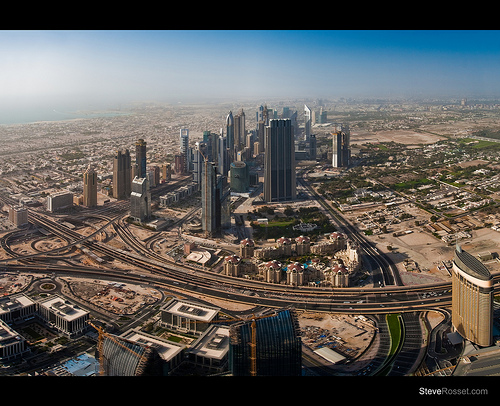 d the economy is not in a severe recession, at least in London. Many of the people migrating into London are from areas affected by drought and economic decline Spain, Greece, Syria to name but a few. Water is the most important resource nothing grows without it. So despite the colder temperatures, at least the UK has plentiful supplies of water.
d the economy is not in a severe recession, at least in London. Many of the people migrating into London are from areas affected by drought and economic decline Spain, Greece, Syria to name but a few. Water is the most important resource nothing grows without it. So despite the colder temperatures, at least the UK has plentiful supplies of water.
Coming Home: Many of the UK citizens that moved to France and Spain have come back to the UK because of the downturn in the European economies, austerity measures and higher taxes with less benefits for non-nationals in places like Spain.
Flood Risk: London is one the least exposed cities to climate change its Achilles heal is flood risk from a breach of the Thames Barrier. This is worth considering because large tracts of London are at flood risk if the barrier fails for any reason - you can refer to flood maps if you want to avoid these areas.
Get Out Of The Heat: As southern Europe, the Middle East and Africa suffer more from severe hot weather many of the more wealthy people will try and move to places like London, even though the summers are a bit miserable and winters have got colder in the last five years.
Overpopulated Deserts: If you look at the so called Arab Spring a commonly held view is that the internet and democratic uprising helped topple autocratic elites. But closer to the truth is that countries that used to export oil, and have suffered severe economic decline because they now have to import oil have been forced to stop fuel subsidies. Food prices have risen as oil prices have risen and oil import bills risen causing economic hardship. Clean water has been in short supply and harvests have fa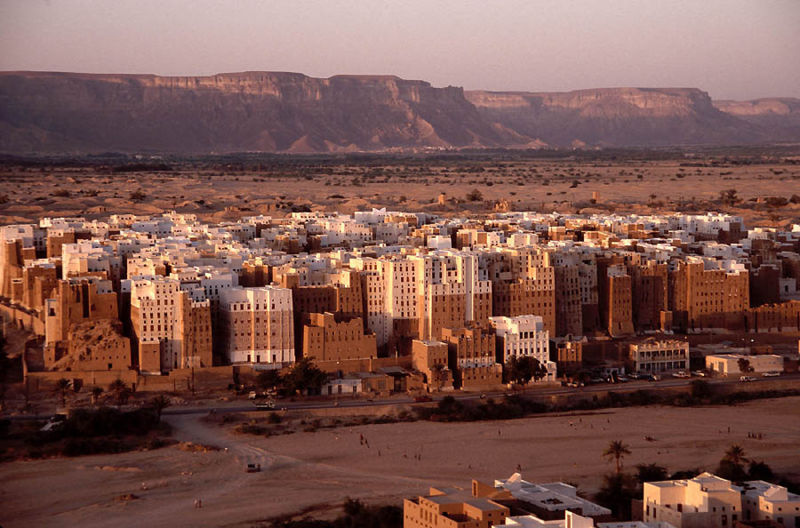 iled as weather conditions have become more extreme. Populations became restless, rioting and have toppled governments extremist elements have come to the fore. Riots, terrorism and wars are on the increase in these water and oil starved peripheral countries like Tunisia, Yemen, Egypt, Pakistan, Syria, Lebanon and Mali. What we are staying is that oil and water shortage along with rapidly expanding young populations and more extreme weather has caused conditions that have deteriorated economies and security and this is set to continue and worsen. Radical groups are likely to take over more of these countries as pressures mount. Only the most wealthy oil/gas rich countries will be able to pay for subsidies and security forces that will keep the young populations at bay. Kuwait, Saudi Arabia, Qatar and UAE are examples of such countries oil-gas strongholds. But other countries at risk of deterioration are Jordan, Palestine, Bahrain and Lebanon that have practically no oil or gas and rapidly expanding populations with tensions between the different ethnic groups. The whole of the Levant area is and has been a trouble spot for centuries more so recently after Israel was created. These tensions are just not going to go away there are simple too many different groups that dont get on with each other. Furthermore, technology, free transport of resources, improved health, air conditioning, energy, oil and gas and pumping of water are the only reasons why large populations can survive in such deserts the average size of most desert families 5-7 kids so you can understand if you start taking away the oil, gas and energy life becomes very hard. In fact, it becomes unsustainable for many. The population of the Middle East has risen ten-fold in 50 years off the back of oil production but many of these countries have declining oil production, increasing oil consumption and massively increasing populations so the economic sustainability is limited.
iled as weather conditions have become more extreme. Populations became restless, rioting and have toppled governments extremist elements have come to the fore. Riots, terrorism and wars are on the increase in these water and oil starved peripheral countries like Tunisia, Yemen, Egypt, Pakistan, Syria, Lebanon and Mali. What we are staying is that oil and water shortage along with rapidly expanding young populations and more extreme weather has caused conditions that have deteriorated economies and security and this is set to continue and worsen. Radical groups are likely to take over more of these countries as pressures mount. Only the most wealthy oil/gas rich countries will be able to pay for subsidies and security forces that will keep the young populations at bay. Kuwait, Saudi Arabia, Qatar and UAE are examples of such countries oil-gas strongholds. But other countries at risk of deterioration are Jordan, Palestine, Bahrain and Lebanon that have practically no oil or gas and rapidly expanding populations with tensions between the different ethnic groups. The whole of the Levant area is and has been a trouble spot for centuries more so recently after Israel was created. These tensions are just not going to go away there are simple too many different groups that dont get on with each other. Furthermore, technology, free transport of resources, improved health, air conditioning, energy, oil and gas and pumping of water are the only reasons why large populations can survive in such deserts the average size of most desert families 5-7 kids so you can understand if you start taking away the oil, gas and energy life becomes very hard. In fact, it becomes unsustainable for many. The population of the Middle East has risen ten-fold in 50 years off the back of oil production but many of these countries have declining oil production, increasing oil consumption and massively increasing populations so the economic sustainability is limited.
Water Aquifer Depletion: As can be seen from the above NASA global warming image - many of the North African, East African and Middle Eastern areas have experienced considerable warming in the last few decades. Add to this the depletion of natural water aquifers - for instance - the great Nubian Sandstone aquifer of North Africa - and the gigantic population increase in these desert are, one can see severe longer term pressures continuing to build.
Middle East Migration: Moving back to the UK again, one can see with so much civil strife in the Middle East and North Africa along with problems in southern Europe, that many people who can afford to are flocking to London for a better life. Londons population is forecast to increase by 1 million people in the next ten years and hardly any new homes are being built, so expect property rises to keep rising as housing shortages continue.
Crossrail 2: As Londons population expands, new infra-structure projects will be required to prevent severe overcrowding. The latest project to be launched in Crossrail 2 which has a reasonable chance of being build one day. So for canny investors that like to take a risk, its worth reviewing the new stations and consider investing close to them. Clapham Junction, Kings Road Chelsea and Alexander Palace are some examples of areas that will benefit if this project gets build.
Crossrail 1: But for the immediate future, Farringdon comes top with connections in all directions. Tottenham Court Road is another winner. Whitechapel will also do well as East London continues to expand with its proximity to Tech City on the City/Shoreditch borders. Further out, the depressed and depressing Abbey Wood might be worth considering, along with Woolwich these are could be transformed by Crossrail. Currently it takes an hour to get from Woolwich to London, but after Crossrail is build, travel times will halve.
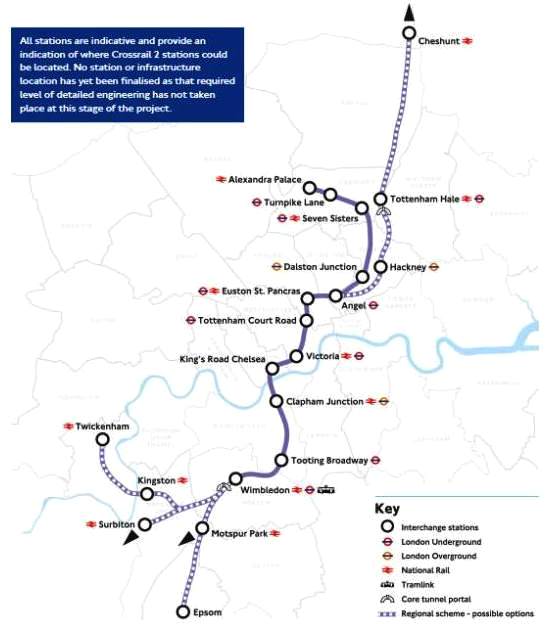
Potential Crossrail 2 development - not firm, not committed, consultation phase only
Shoreditch-Whitechapel: Currently our best investment hot-spot is Shoreditch near Old Street. Its walking distance to the City financial district. It is the hub of the trendy Tech City mini-boom. Stratford the Olympic site is not far away regenerating. Canary Wharf is not far south. Crossrail 1 will come though Whitechapel in 2018. The East London Overground Line opened a few years ago. The West End is only 2 miles away. Pretty good access to Heathrow, City Airport and Stansted. The young highly educated population will be earning more in future years and this should help drive prices higher in the next ten years. Anywhere close to Old Street or Whitechapel are winners.
